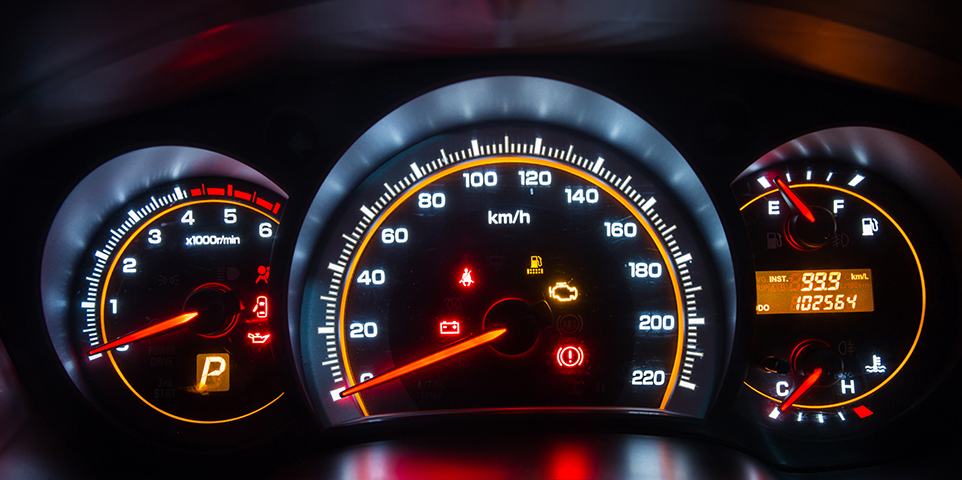MEMBERSHIP
AMPLIFY
EN ESPAÑOL
Connect With Us
- Popular search terms
- Automobile
- Home + Renters
- Claims
- Fraud
- Hurricane
- Popular Topics
- Automobile
- Home + Renters
- The Basics
- Disaster + Preparation
- Life Insurance

The more safely built the car you buy, the better the chances of your surviving an accident. Protect yourself and your passengers by understanding the factors that make a car safe and making your purchase accordingly.
The design of features such as car front, sides, roof strength, head restraints and seats can reduce the risk of death or serious injury when a crash occurs—or "crashworthiness." The Insurance Institute for Highway Safety (IIHS) provides ratings for both crashworthiness and crash avoidance and mitigation features, and offers a tool that enables you to look up a car to see its safety rating.
A good structural design has a strong occupant compartment, known as the safety cage, as well as front and rear ends designed to buckle and bend in a crash to absorb the force of the crash. These crush zones should keep damage away from the safety cage because once the cage starts to collapse, the likelihood of injury increases rapidly.
The laws of physics dictate that larger and heavier vehicles are safer than lighter and smaller ones—and are proven by the fact that small cars have twice as many occupant deaths each year as large ones. That said, some big cars are prone to rollovers and other issues, so it's important to review all the factors—a mid-size sedan with a high safety rating might be your best bet.
Belts, airbags and head restraints all work together with a vehicle’s structure to stabilize and protect people in serious crashes, reducing the chance you’ll slam into something hard or get ejected from the crashing vehicle and be injured or killed. Here's what you should look for in restraint systems:
Make sure you know how to use your anti-lock brakes properly. If you were trained on conventional brakes to brake gently on slippery roads or pump your brakes to avoid a skid, you may have to unlearn these habits and use hard, continuous pressure to activate your antilock brakes.
The ignition switch activates the daytime running lights, which are typically high-beam headlights at reduced intensity or low-beam lights at full or reduced power. By increasing the contrast between a vehicle and its backgrounds and making the vehicles more visible to oncoming drivers, these lights can prevent daytime accidents.
Rearview video systems (RVS), also known as backup camera increase visibility when a vehicle is backing up. Backup cameras help prevent crashes and also help protect children, senior citizens and pets that might suddenly wander into the car's path.
According to the National Highway Traffic Safety Administration (NHTSA), 94 percent of fatal crashes are because a human being made an error or a poor choice. Ever-improving technologies can minimize injuries and damage from collisions by sensing what's going on around your vehicle and either acting for you or sending an alert. The NHTSA site has in-depth information about vehicle safety technologies, but here are some that you might want to further research.
An ACN will alert 911 if your car is involved in a collision, and can save precious time by sending emergency responders critical information about the crash.
Other design characteristics can influence injury risk on the road. Some small utility vehicles and pickups are prone to rolling over. "High performance" cars typically have higher-than-average death rates because drivers are tempted to use excessive speed. Combining a young driver and a high-performance car can be particularly dangerous.
Insurance Institute for Highway Safety Car Safety Ratings Tool
National Highway Traffic Safety Administration (NHTSA) – Safety Equipment and Technologies
Next steps: Now, prevent that safe car you bought from being carjacked or stolen.